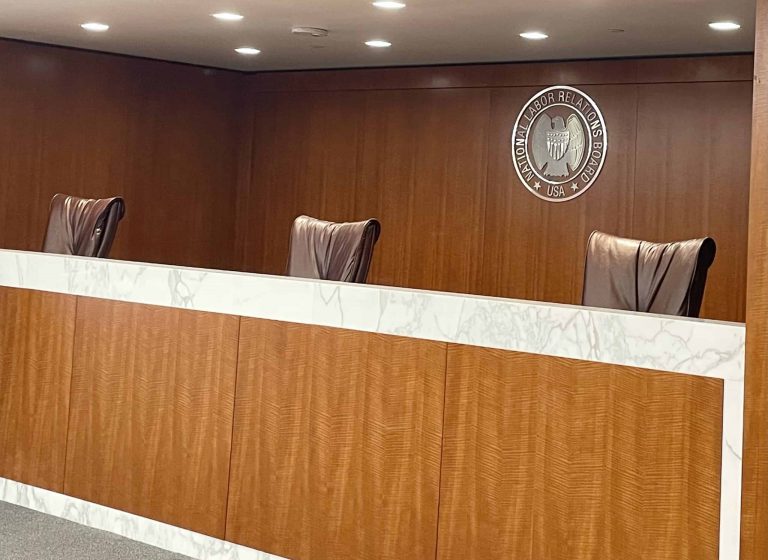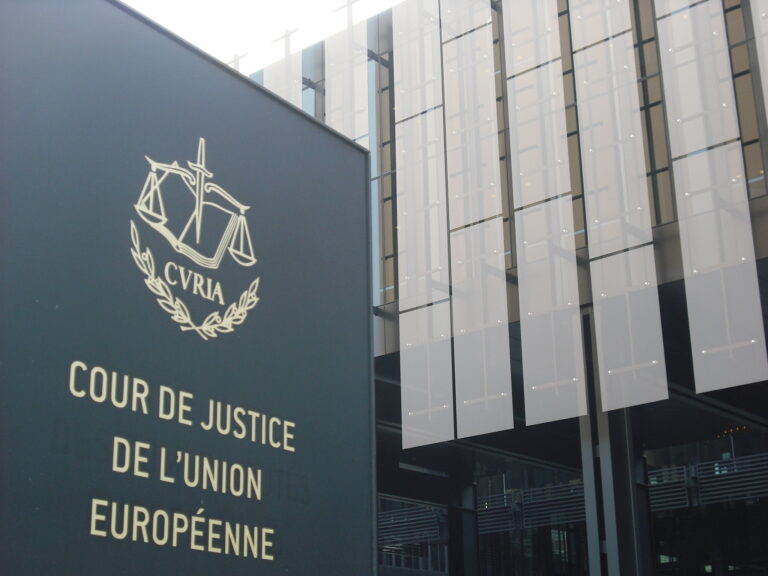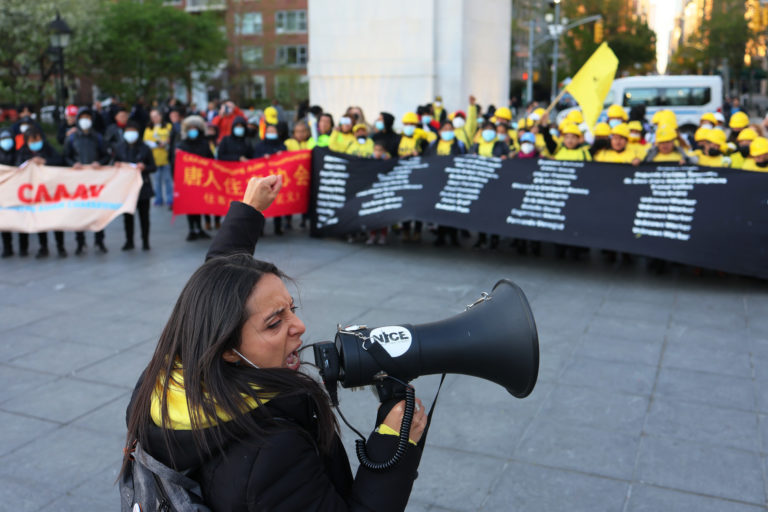Jack Goldsmith is the Learned Hand Professor of Law at Harvard Law School, where he teaches and writes about national security law, international law, internet law, and, recently, labor history. Before coming to Harvard, Professor Goldsmith served as Assistant Attorney General, Office of Legal Counsel from 2003-2004, and Special Counsel to the Department of Defense from 2002-2003.
Ben plausibly says of Harris:
The dicta in Harris about Abood is serious, and it shows that some number of Justices would like to overturn Abood. But the holding in today’s decision shows that that number probably does not equal 5. Most of the Harris dicta is just a repeat of what was already said Knox, and Harris was a completely viable vehicle for overruling Abood. That the Court did not pursue this course may mean the votes aren’t there.
I am not sure “the votes aren’t there.” Yes, the Court did not overrule Abood in Harris, but the question of whether five Justices want to overrule Abood is different from the question of when and under what circumstances they want to do so. The five Justices in the majority were unwilling to pull the trigger now, but the anti-Abood dicta in Harris, following the anti-Abood dicta in Knox, is a clearly ominous sign. In two cases over of two years, five Justices without qualification or separate concurrence have joined in extensive critiques of Abood. Why would they do that when those critiques are unnecessary to the outcome of the case? Why no narrower concurrences if one or a few of the Justices are disinclined to overrule Abood? (Compare Justice Kennedy’s typically limiting concurrence in Hobby Lobby.) Why do these critiques of Abood – including the arguments that it was wrong as originally decided, that it is inconsistent with other doctrines and precedent, and that it has proven unworkable in practice – track the criteria for overruling constitutional precedents? Why is Justice Kagan so keen – despite the holding of Harris – to argue that overruling Abood would violate the Court’s stare decisis principles? (More on this below.) The answer to all of these questions, I believe, is that overruling Abood remains a distinctive goal of the five Justices in the majority in Harris. But then why didn’t they overrule Abood in Harris itself? Any number of reasons, including (a) avoiding the political heat of doing so now, (b) a desire to soften up Abood by building up majority-opinion attacks on it over several years, (c) a desire to enhance Abood’s unworkability/unmanageability in practice (a criterion for overruling a precedent) by narrowing and limiting it in ways that render it unworkable, and (d) a desire to better understand the consequences of overruling Abood (as outlined by Kagan in dissent) before actually killing it. For these reasons, I would not draw much comfort from the fact that the Justices in the majority did not overrule Abood in Harris, and would not doubt that all five are prepared to do so in some future case.
Indeed, it is plausible to think that the Justices in the majority were inclined to overrule Abood in Harris and then backed down. Consider: (1) the relatively straightforward majority opinion (without concurrence) and single dissent took over five months after oral argument to write and release, longer than any other case this Term save a few; (2) the beginning of Kagan’s dissent is low-key and expresses a relieved and almost grateful “satisfaction” with the fact that the majority declined to overrule Abood; (3) the Harris majority repeats a lot of the pre-history of Abood that was already laid out in Knox; and (4) both the majority and the dissent spend a lot of time arguing the merits of Abood even though its merits are irrelevant to the final outcome of the case. This is pure speculation, but one possibility that would explain these factors is that Alito circulated a draft opinion that would have overruled Abood, Kagan circulated a forceful dissent that argued why doing so was contrary to the Court’s stare decisis principles, the majority – perhaps for some of the reasons stated in the previous paragraph — backed down and decided the case on the narrower ground but kept much of the shape of the original opinion (including the long consideration of Abood’s problems), and Kagan kept the shape of much of her original dissent but altered it to respond to a much-changed rationale for the outcome in the case. As I say, pure speculation, but the four factors above are odd in combination and demand some explanation. And again, while public unions might draw comfort from the fact that the Justices in the majority for whatever reason declined to kill Abood, I would not draw too much comfort.






Daily News & Commentary
Start your day with our roundup of the latest labor developments. See all
December 22
Worker-friendly legislation enacted in New York; UW Professor wins free speech case; Trucking company ordered to pay $23 million to Teamsters.
December 21
Argentine unions march against labor law reform; WNBA players vote to authorize a strike; and the NLRB prepares to clear its backlog.
December 19
Labor law professors file an amici curiae and the NLRB regains quorum.
December 18
New Jersey adopts disparate impact rules; Teamsters oppose railroad merger; court pauses more shutdown layoffs.
December 17
The TSA suspends a labor union representing 47,000 officers for a second time; the Trump administration seeks to recruit over 1,000 artificial intelligence experts to the federal workforce; and the New York Times reports on the tumultuous changes that U.S. labor relations has seen over the past year.
December 16
Second Circuit affirms dismissal of former collegiate athletes’ antitrust suit; UPS will invest $120 million in truck-unloading robots; Sharon Block argues there are reasons for optimism about labor’s future.